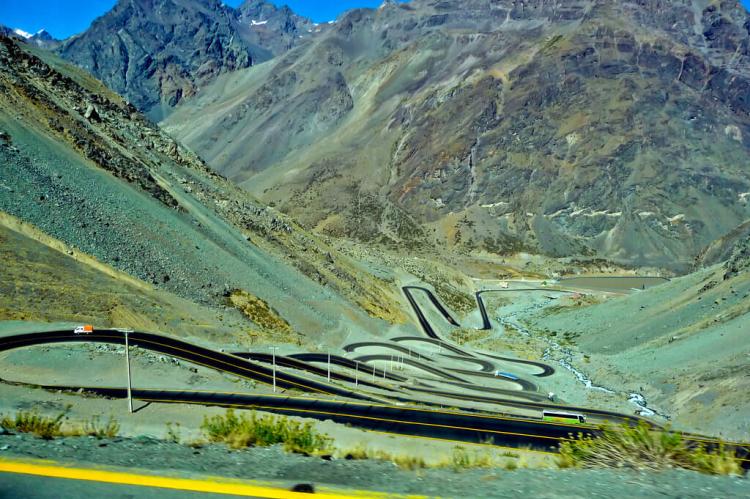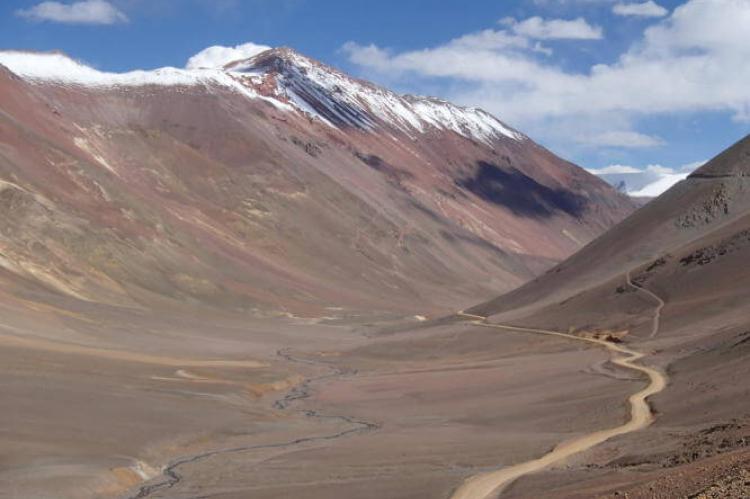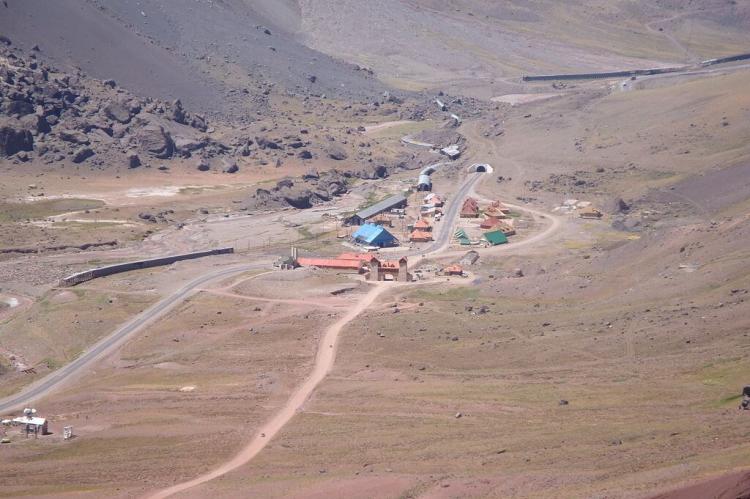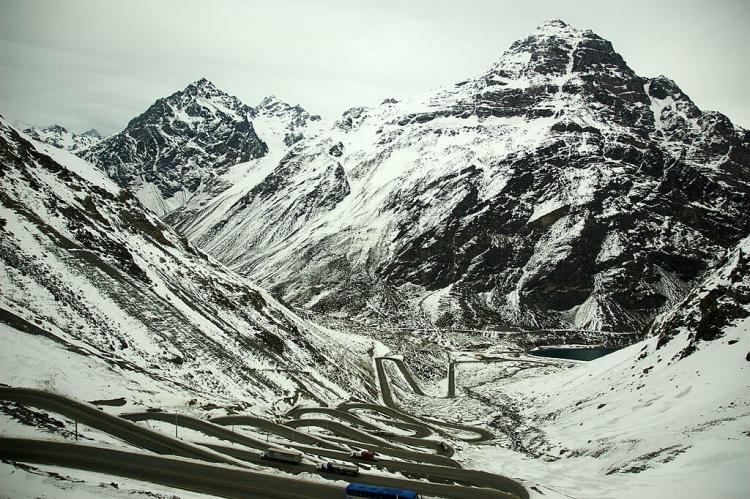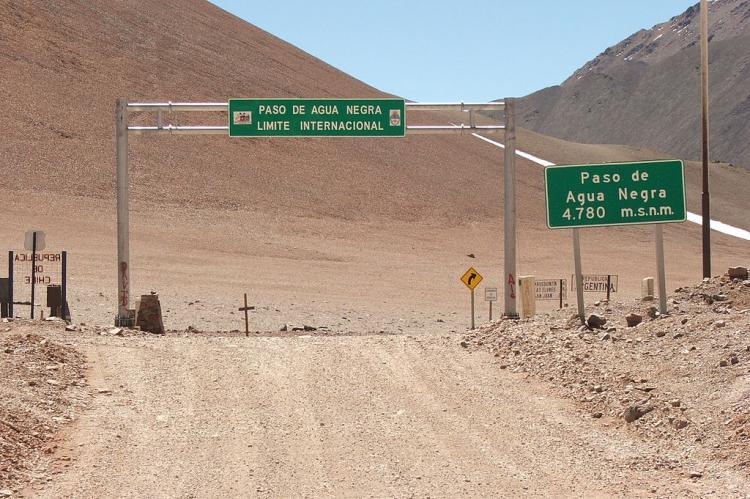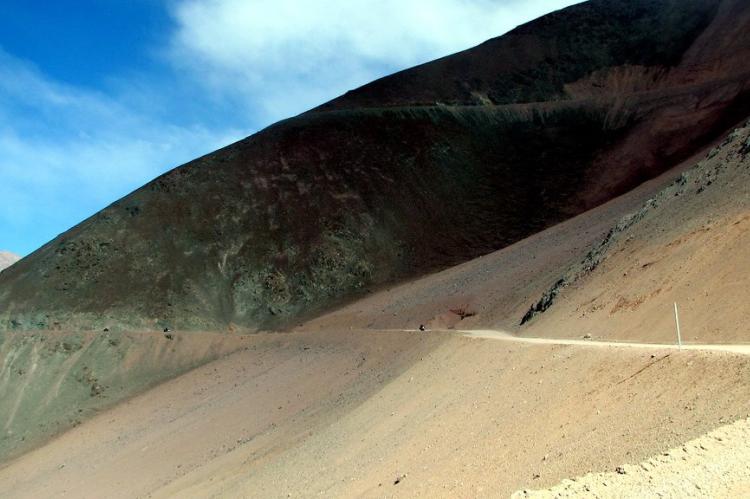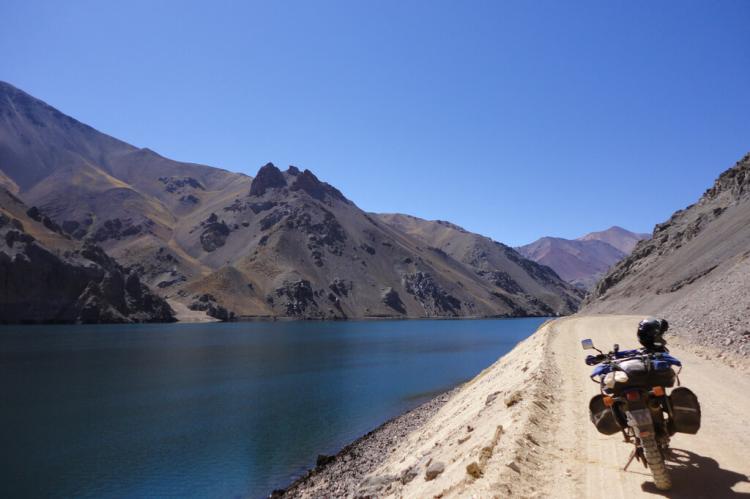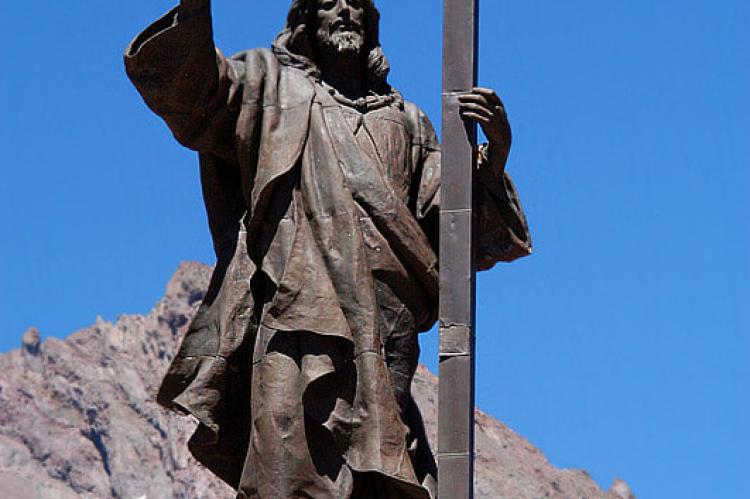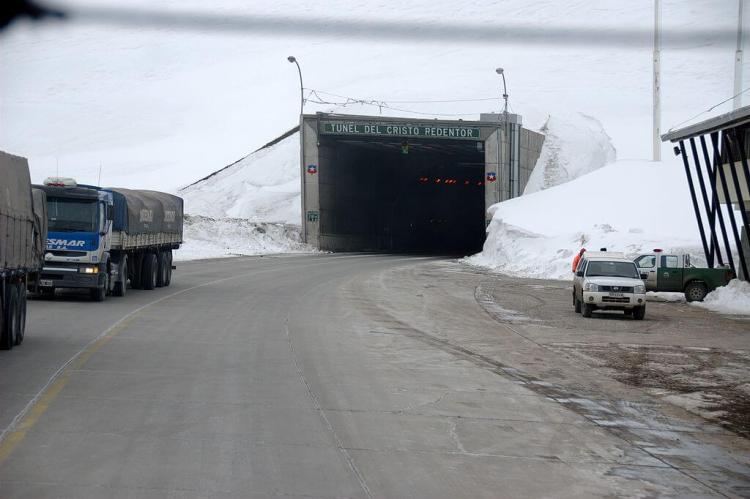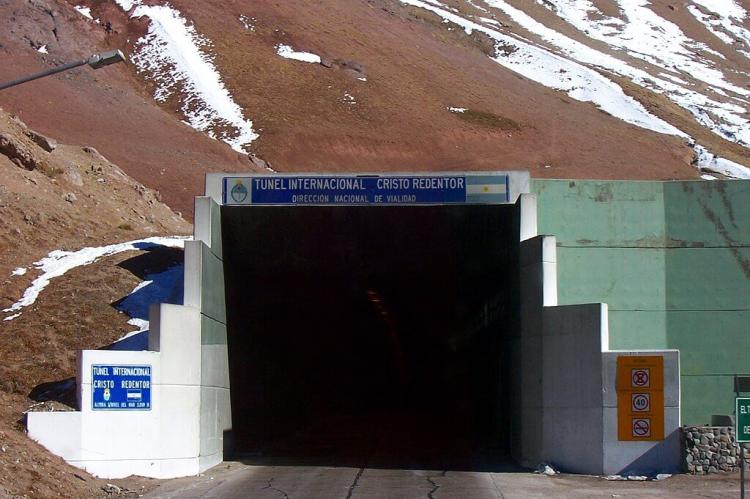Connecting Nations: The Trans-Andean Highway and its Vital Passes
The Trans-Andean Highway is a critical network of roads and mountain passes that traverse the Andes, facilitating transportation and trade between Argentina and Chile. This extensive system of routes plays an essential role in the economic and cultural ties between these two South American nations.
Bridging Borders: Exploring the Trans-Andean Highway Network
The Trans-Andean Highway is a critical network of roads and mountain passes that traverse the Andes Mountains, facilitating transportation and trade between Argentina and Chile. This extensive system of routes plays an essential role in the economic and cultural ties between these two South American nations, offering a mix of challenging terrains and stunning landscapes. Each pass within the network has unique characteristics that contribute to its importance for cross-border trade, tourism, and transportation.
The Trans-Andean Highway is a crucial network of roads and mountain passes that plays a significant role in connecting Argentina and Chile across the Southern Andes. This extensive system of routes has profound implications for both countries' economic, cultural, and social development.
Economic Impact
The Trans-Andean Highway serves as a vital artery for trade between Argentina and Chile, facilitating the movement of goods across the border. It provides more efficient and cost-effective transportation than air or sea routes, particularly for bulk goods and perishables. The highway has helped to strengthen economic ties between the two nations, promoting bilateral trade and fostering economic integration in the region.
Cultural Exchange and Tourism
Beyond its economic significance, the Trans-Andean Highway has become an essential conduit for cultural exchange. It allows for more accessible travel between Argentina and Chile, encouraging tourism and promoting people-to-people connections. The highway's scenic routes, mainly through mountain passes like the Paso Internacional Los Libertadores, have made it a popular destination for tourists seeking breathtaking views of the Andes. This influx of visitors contributes to the local economies of communities along the route.
Regional Connectivity
The Trans-Andean Highway has played a crucial role in enhancing regional connectivity. It has helped to link remote Andean communities to major urban centers, improving access to essential services and economic opportunities for these populations. The highway network includes several important passes that vary in elevation and difficulty, providing multiple options for crossing the Andes and ensuring year-round connectivity between the two countries.
Engineering Marvel
The construction and maintenance of the Trans-Andean Highway represent significant engineering achievements. The highway traverses some of the most challenging terrains in the world, including high-altitude mountain passes and areas prone to extreme weather conditions. The network includes impressive features such as the Cristo Redentor tunnel, which allows passage through the mountains at an elevation of 10,500 feet (3,200 meters). These engineering feats have facilitated transportation and demonstrated human ingenuity in overcoming natural barriers.
Key Mountain Passes
The Trans-Andean Highway system is integral to Argentina and Chile's economic and cultural ties. It includes several mountain passes that vary in elevation, climate, and terrain, making some more challenging to navigate than others. These passes are vital for facilitating the movement of goods and people between the two countries. Still, travelers and freight carriers must always consider weather conditions and potential road closures, especially during winter when snowfall can be heavy.
Paso Internacional Agua Negra
Located in the northern range of the Chilean and Argentine Andes, Paso Internacional Agua Negra is a significant mountain pass on the Trans-Andean Highway. This pass connects the Coquimbo Region in Chile with the San Juan Province in Argentina, known for its remarkable natural beauty. However, its high elevation and the potential for adverse weather conditions, particularly heavy snowfall during winter, make it one of the more challenging passes to navigate.
Paso Internacional Los Libertadores
Situated in the central Andes, Paso Internacional Los Libertadores is another crucial mountain pass on the Trans-Andean Highway. It links the Chilean town of Los Andes with Argentina's city of Mendoza. This high-elevation pass is famous for the Cristo Redentor statue at its summit, symbolizing the strong cultural and historical ties between Chile and Argentina. Despite its breathtaking vistas, the pass is known for challenging weather conditions, including heavy snowfall in winter, which can lead to temporary road closures.
Paso Internacional Cristo Redentor
Also, in the central Andes, Paso Internacional Cristo Redentor, or Cristo Redentor Pass, connects the Argentine city of Uspallata with the Chilean town of Los Andes. Although it does not feature the Cristo Redentor statue, this pass is notable for its stunning Andean landscapes and role as a critical transportation route between Argentina and Chile. The pass is essential for facilitating cross-border trade and tourism, offering travelers panoramic views of the mountains.
Paso Internacional Pehuenche
In the southern Andes, Paso Internacional Pehuenche connects Argentina's Mendoza Province with Chile's Maule Region. Named after the indigenous Pehuenche people, this pass is known for its picturesque surroundings, including forests and mountains. While it is not as high as some other passes, it is still crucial for passenger and cargo transportation, contributing significantly to regional trade and tourism.
Paso Internacional Samoré
Located in the far south of the Chilean and Argentine Andes, Paso Internacional Samoré, also known as Paso Pino Hachado, connects Argentina's Neuquén Province with Chile's Los Lagos Region. This pass provides a vital link between the Lake Districts of both countries, making it a popular route for tourism and trade. Known for its scenic beauty, characterized by forests, lakes, and mountain landscapes, this pass is essential for facilitating cross-border transportation and access to the natural beauty of the Patagonian region.
Other Important Passes
The Trans-Andean Highway includes several other passes that, while less popular with tourists, are important for transportation and regional connectivity. These passes often feature more challenging driving conditions, including unpaved roads and steep grades.
- Paso Internacional Jachal-Huasco: This gravel road connects San Juan Province in Argentina with Huasco in Chile and remains open year-round despite challenging winter conditions.
- Paso Internacional Comechingones: A paved road linking Córdoba Province in Argentina with Valparaíso in Chile, open year-round.
- Paso Internacional Pino Hachado: Connecting Neuquén Province in Argentina with Biobío in Chile, this paved road is open year-round.
- Paso Internacional Futaleufú: A gravel road open during summer, linking Chubut Province in Argentina with Palena in Chile.
- Paso Internacional Puyehue: A year-round paved road connecting Los Lagos Province in Chile with Río Negro in Argentina.
- Paso Internacional Cardenal Antonio Samoré: Another year-round paved road linking Osorno in Chile with Bariloche in Argentina.
- Paso Internacional Carirriñe: A summer-only gravel road connecting Valdivia in Chile with Pucón in Argentina.
- Paso Internacional Mamuil Malal: Open during summer months, this gravel road connects Cautín in Chile with Junín de los Andes in Argentina.
- Paso Internacional Tromen: A summer-only gravel road linking Pehuenches in Chile with Neuquén in Argentina.
- Paso Internacional Vergara: Open in summer, this gravel road connects Aysén in Chile with Chubut in Argentina.
- Paso Internacional Peulla: Another summer-only gravel road linking Llanquihue in Chile with Río Negro in Argentina.
Conclusion
The Trans-Andean Highway and its network of mountain passes play a pivotal role in Argentina and Chile's economic and cultural integration. Each pass offers unique challenges and breathtaking landscapes, contributing to the region's rich tapestry of natural beauty and human endeavor. From facilitating trade and tourism to connecting remote communities, these mountain passes are crucial arteries that bridge the towering Andes, underscoring the interdependence of these neighboring nations.
